When it comes to the meat market or even your kitchen at home, we all want the best quality and of course, taste! Sheep meat, also known as mutton or lamb, is an interesting category of meat to cook and eat. Well-known dishes that include mutton are widely appreciated in Turkish cuisine, Indian cuisine, as well as Iranian and Nepalese cuisine.
Apart from the cooking of these traditions, lamb and mutton are intricately incorporated in Western and continental cuisine as well.
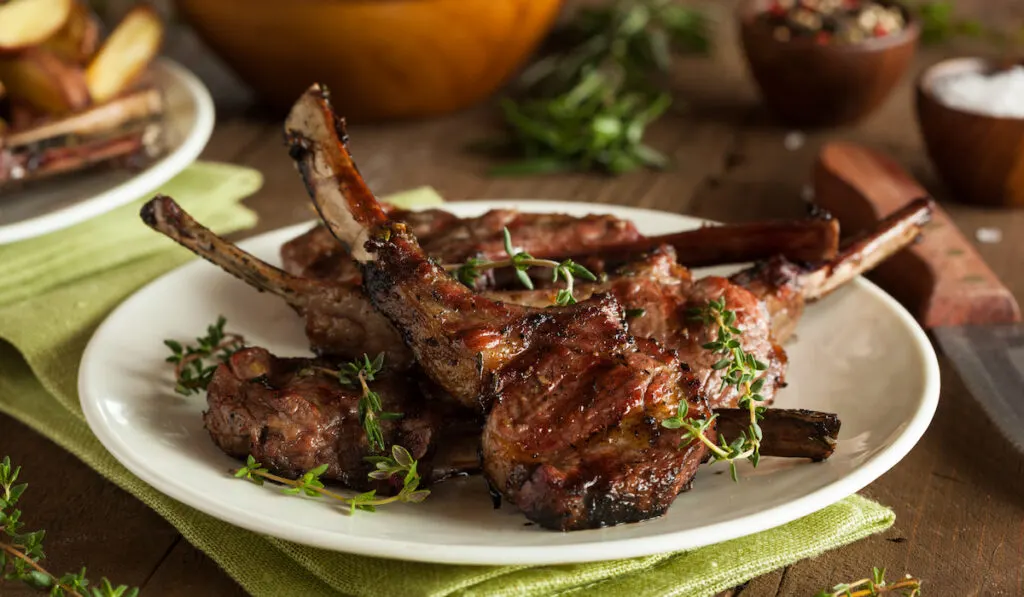
Good quality meat is necessary for better tasting dishes, along with the best nutritional value. Sheep are reared not only for their meat but also for the various types of wool fibers they can provide. Sheep milk is also very rich in nutrients and one reason for the domestic rearing of sheep.
Differences in Types of Sheep Meat
Meat is always categorized on basis of the breed of the sheep and the age of the sheep when the meat was harvested for further processing. The sub-factors of categorizing meat according to the sheep’s quality include the following:
- Thin/ thick skin along with the amount of subcutaneous fat (depending on the season).
- Muscle mass
- Strong physique
- Thin/ thick bones
- Fertility
- Endurance
Here are the best sheep breeds for meat from around the world:
1. Dorset Horn Sheep
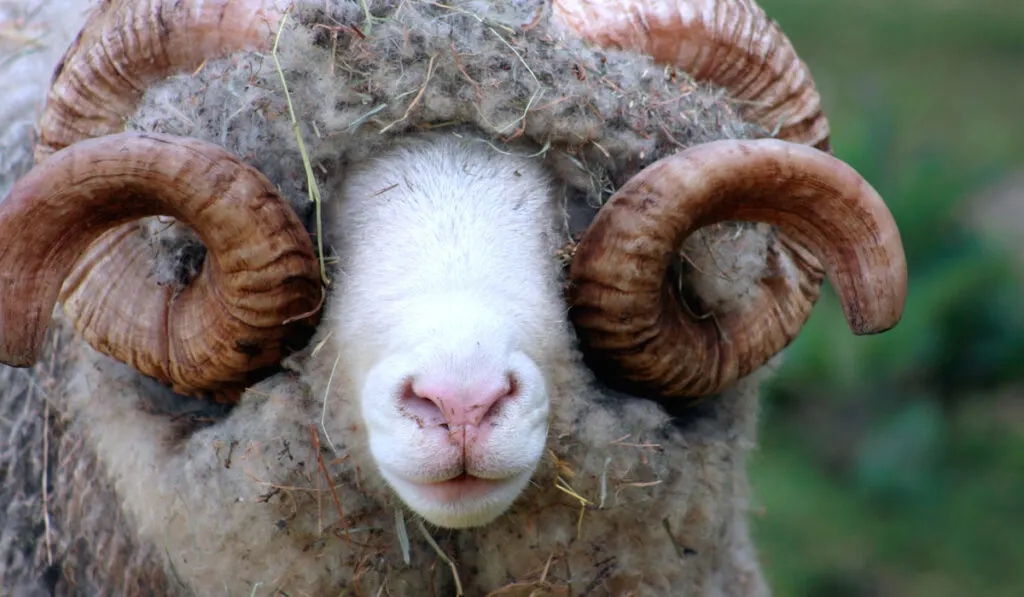
Historically, Dorset Horn sheep were coveted the most by the Americans as well as the British for their beautiful horns. However, the milk production along with the supreme meat quality of the Dorset breed made it the most famous kind of mutton.
Dorset sheep are reared in most states of the US. Both the horned and the polled Dorsets provide a good quality of meat.
2. Cheviot Sheep
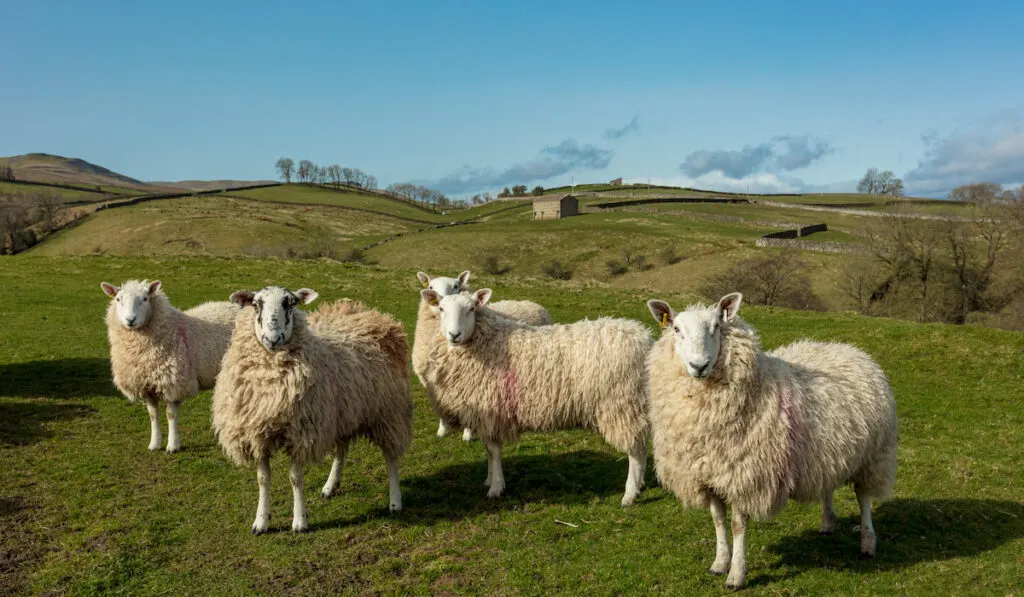
Hailing from the Cheviot Hills on the borders of England and Scotland, Cheviot breed sheep are used to hiking in the mountainous terrain and hence are swift-footed as well as quite muscular. Though they have dense wool to keep warm against the cold mountain breezes, they have a good amount of subcutaneous fat under their skins, giving their meat a fatty taste.
Although reared initially for their high-quality wool fibers, Cheviot sheep are also butchered for their mature flavored meat, which has the perfect balance of fatty oils as well as muscle protein.
3. Icelandic Sheep
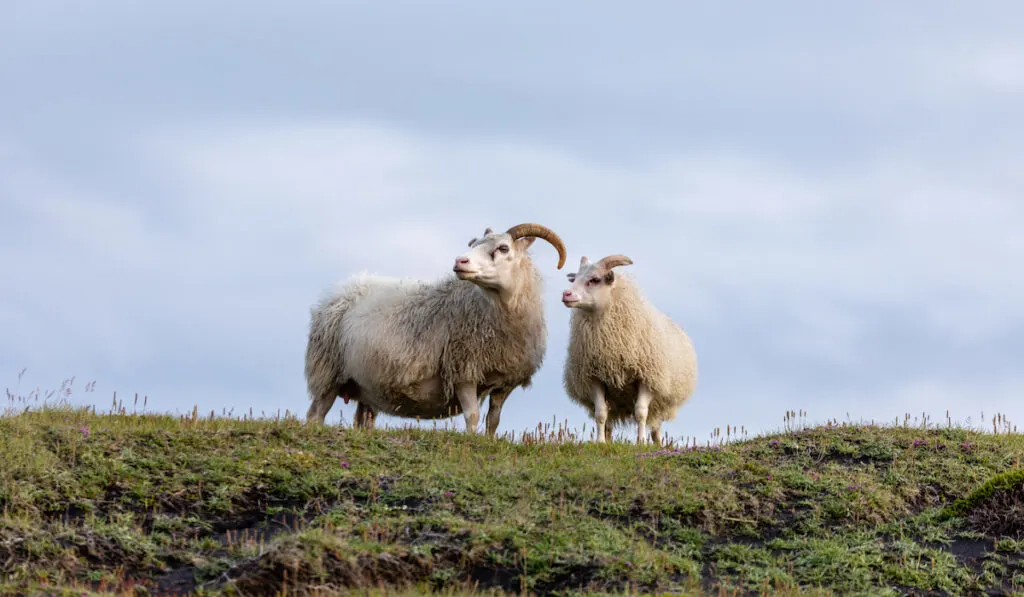
Brought to the world for trade first by the Vikings, Icelandic sheep are well known for their wool and skin which can be used for pelts and other processes of leather production. The meat of the Icelandic sheep is fine and grainy. The flavor is exquisite, boasting a rich musky fragrance that is procured only when the rams are slaughtered in their mating period.
It is bred exclusively in Iceland for its quality meat. The fact that the lambs grow very fast encourages the livestock industry in Iceland.
4. Romanovskaya Sheep
The Russians boast a number of sheep breeds, but their best is the Romanovskaya breed. The lambs can survive almost any climate, hence giving proof of the resilient nature of this breed. They also provide high-quality warm wool.
The meat obtained from Romanovskaya sheep is very tender. This breed also optimizes prime meat cuts due to a varying muscle mass all over the bodies of the sheep.
5. Suffolk Sheep
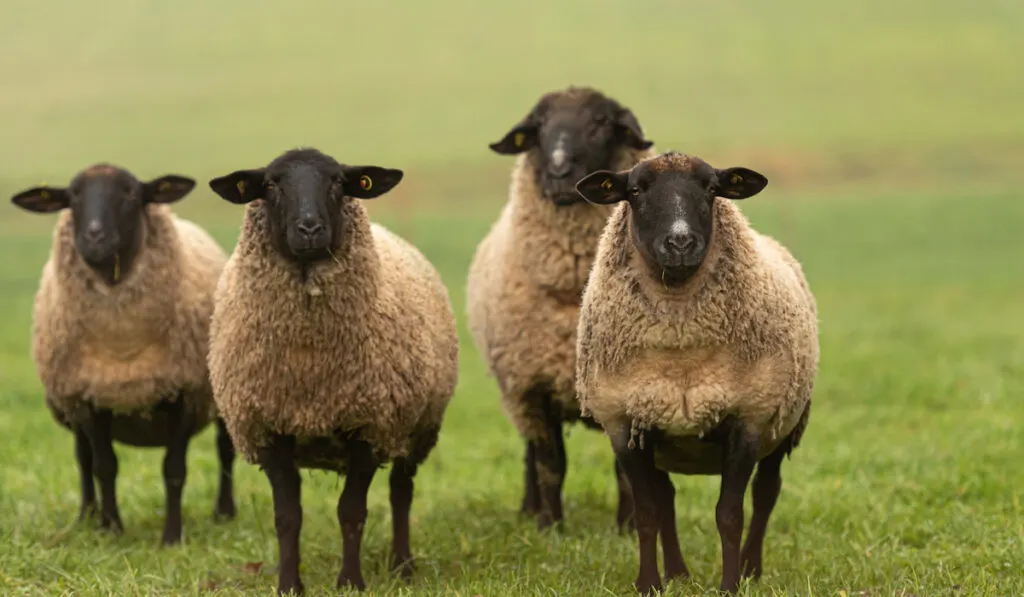
At the top of the mutton market, the Suffolk breed of sheep has been unbeatable for a long time. These dark-faced, hornless, hardly impressive-looking sheep might fool one’s eyes, but only the one who has tasted their meat can verify the prime quality meat of these outstanding creatures.
These sheep grow quickly and are early-maturing, which is quite preferable regarding the livestock industry. Lamb meat coming from Suffolk sheep is world-famous and is reared and produced on a large scale in the United States.
6. Merino Sheep
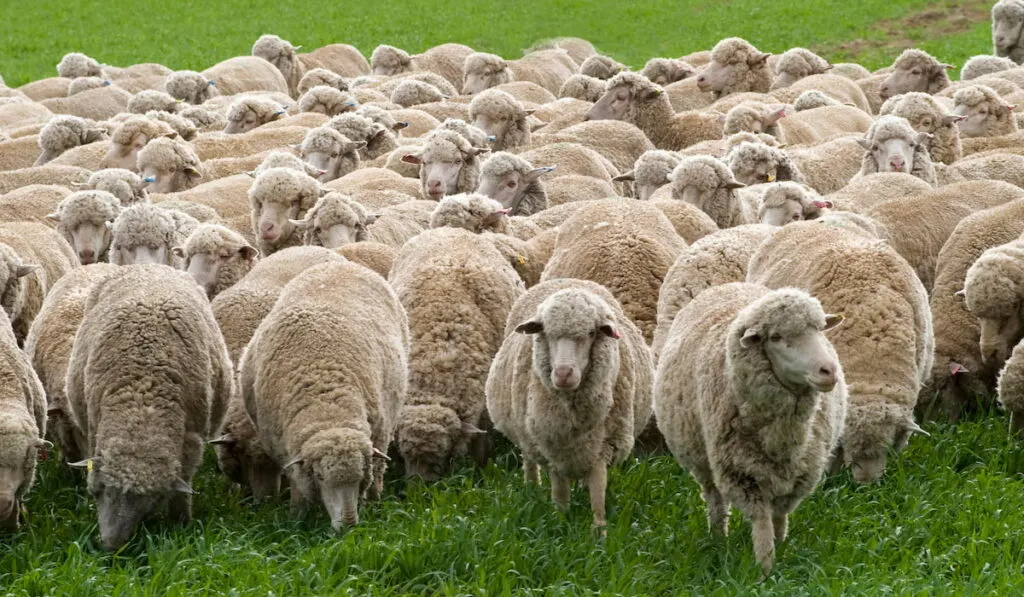
Originating mainly in Spain, the Merino sheep are first of all famous for the high-quality wool spun from their rich coats. Most of the flocks in ancient Spain and adjoining countries were owned by the nobility and the church, which indicated the high-quality wool and meat that these sheep provided for supreme quality textiles and tasty food in their banquet halls.
Merino sheep can be horned or polled. Even though they are medium-sized animals, Merino sheep are long-enduring and hardy, while requiring a moderate amount of feed.
7. Lincoln Sheep
Lincoln sheep are the result of cross-bred animals. They are a cross between the Leicester and the native sheep of Lincolnshire. It is actually called the world’s largest breed of sheep. Their body structure is wide-bodied with a rectangular form. Their carcasses are lean-bodied and large.
8. Hampshire Sheep
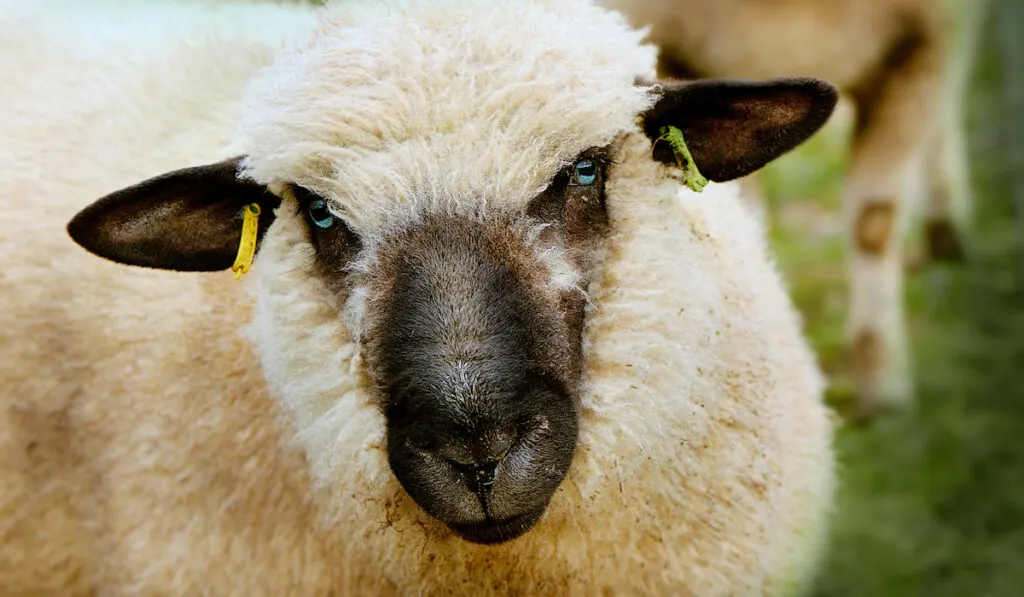
They are called the oxen of the sheep world. These sheep do not have horns. Hampshire sheep are mainly reared for their meat only. They are extensively bred all over United Kingdom and also known by the name Hampshire Down sheep.
Hampshire sheep meat is produced on a large scale due to its inclusion in a lot of lamb dishes all over England. However, their demand of course does not surpass that of the Suffolk breed sheep. Ewes experience multiple births, reflecting the high fertility rates in this breed. This is profitable in the sense of mass sheep meat production.
9. Dorper Sheep
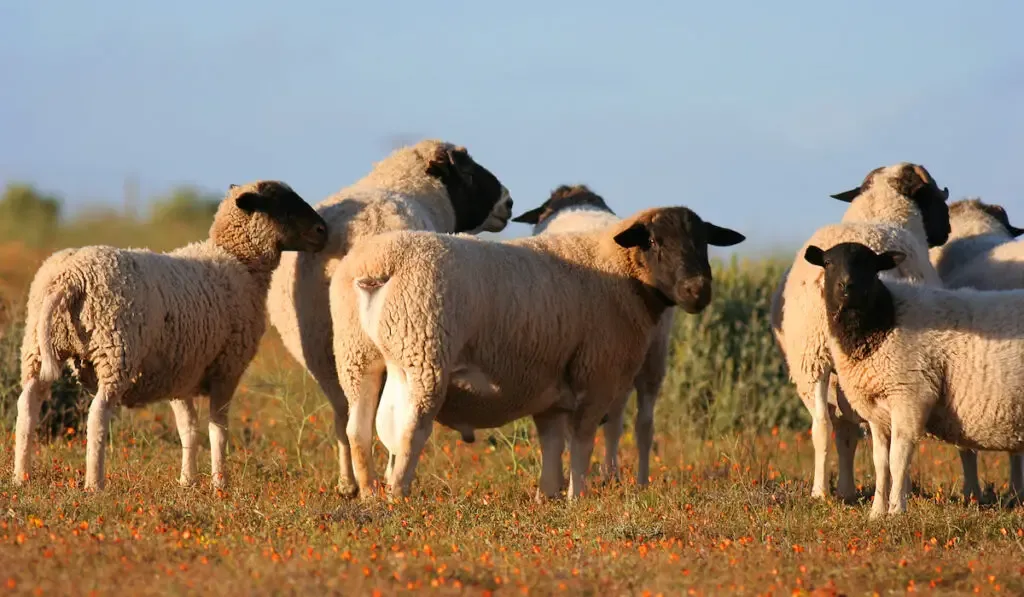
Coming from South Africa, Dorper sheep are also a variety of cross-bred sheep. They are a cross between the Dorset Horn sheep (previously mentioned) and The Blackheaded Persian sheep. There are two varieties of Dorper sheep: black-headed and all-white.
Dorper sheep meat has a mild, yet rich flavor. The most popular cuts are the culled ewes as roast, stew meat, and ground meat. Culled ewes can produce meat as tender as lambs.
10. Petit Sheep
Petit sheep have been raised for centuries in continental Europe for their marbled and lean meat. The French tend to include the meat from these sheep in their cuisine quite extensively because of the marbling of the meat cuts and the juiciness that stands out in every recipe cooked with this meat.
Resources:
- https://seradria.com/blog/most-popular-sheep-breeds.html
- https://pethelpful.com/farm-pets/15-best-sheep-breeds-for-meat
- https://genetic.by/en/meat-breed-of-sheep-their-characteristics-and-photo
- http://theselfsufficientliving.com/breeds-of-sheep-for-meat-dairy-and-wool/
- http://afs.okstate.edu/breeds/sheep/cheviot/
- https://www.britannica.com/animal/Suffolk-breed-of-sheep
- https://www.roysfarm.com/merino-sheep/
- http://afs.okstate.edu/breeds/sheep/icelandic/
- http://afs.okstate.edu/breeds/sheep/lincoln/
- https://smallfarms.cornell.edu/2011/01/dorper-sheep-truths-and-myths/
- https://burea-uinsurance.com/en/description-of-the-romanovskaya-breed-of-sheep/
- https://www.roysfarm.com/hampshire-sheep/

